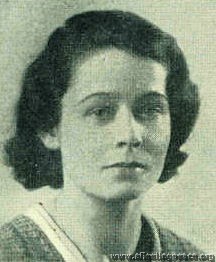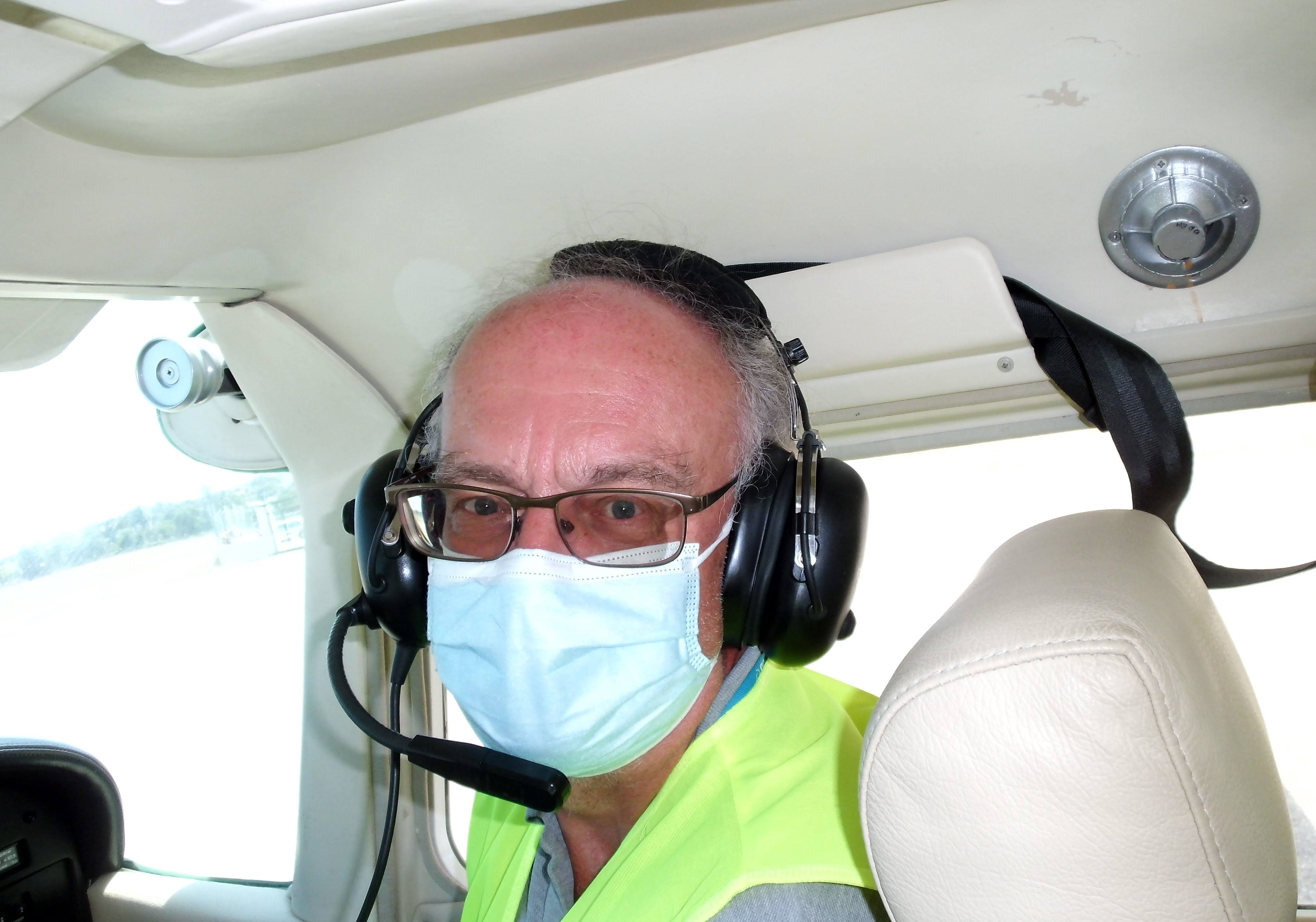|
Disappointing as this may have been, the objects of her particular displeasure at that moment were the organisers of the said King’s Cup Race; especially, that sub-section known as ‘The Handicappers’.
Muttering that ‘drastic measures must be taken to alter the state of affairs’, she continued (writing in ‘Popular Flying’):
"The individual handicappers are deserving of the highest praise for their attempts to forecast the relative speed of a dozen totally different aircraft, for the handicapping is on 'estimated performance', but to do this correctly is beyond the power of human ingenuity. Imagine for a moment that the handicapper for the Grand National were required to penalise each horse by looking it over and by taking, perhaps, the measurements of its legs and you will gauge the depths of the absurdity which is annually perpetrated in the name of His Majesty the King."
She went on to suggest that they should ‘abolish handicapping altogether’ and ’let the best aeroplane win’, then proceeded to work out how best to achieve this.
The truth is, handicapping was a vexed subject throughout the period between the wars – trying to ensure, in fact, that the best pilot won; that is, the person who coaxed the maximum out of the individual aircraft they were flying. As we have seen, the MacRobertson formula failed pretty abysmally (even if they’d worked out the numbers correctly), but many other systems were tried and found wanting during the period.
The King’s Cup Air Race itself is a perfect case in point. For the first four races , from 1922 to 1925, the handicapping had indeed been done by individual judgment - two captains by the name of R J Goodman Crouch and Wilfred Dancy - but now, for 1926, someone had come up with a brilliant (and deceptively simple, I think you’ll agree) new formula:
V = F * (w/l)^1/3
Where V is the handicap speed, derived from the wing loading w (in lbs per sq ft); l, which is the power loading (in lbs per horsepower); and F, which is, er, a magic number, derived from a chart which they came up with (getting F itself involved guessing what its value might be, then calculating values of V using a different formula, plotting the results of your guesses on the chart, joining the dots and ….)
Anyway, suffice it to say that the formula, when they tried it out in the office of ‘Flight Magazine’ :
“… appears to under-estimate the speed somewhat. This appears to be so particularly with machines of relatively high power-loading and low wing-loading, while for machines of the single-seater type the speed estimates seem to be surprisingly accurate.”
They realised that the formula doesn’t take account of the weather conditions, or indeed the condition of the aeroplane itself, but they went ahead with it for the fifth King's Cup race.
The fourteen competitors in that 1926 race had to fly two circuits: Hendon – Martlesham Heath, in Suffolk – Cambridge – Hendon (about 166 miles) and Hendon – Coventry – Cheltenham – Hendon (about 200 miles) twice a day for two days, for a grand total of 1,464 miles, against their newly-calculated handicap speeds.
How did it go, then? Well, after the race, Flight (July, 1926) thought that:
“A very successful and interesting race must, we think, be the verdict on the Fifth King’s Cup Race”. … “This year’s race was noteworthy on two points – the triumph of the light ‘plane’, and the successful results obtained with the new [Royal Aero Club] handicapping scheme.”
Congratulations all round; everyone looking forward to next year.
[Isn’t there a saying, “Stick to a winning formula”?]
For the 1927 King’s Cup Race, the slide-rule wielders had managed to re-examine the formula, and come up with an even more brilliant, even more elegant, version:
V = K * (hp/span2)^1/3
(where K is a constant, depending on engine type; hp is the engine power.)
When this formula was released, some manufacturers even offered special ‘handicap wings’, tapering to a point at the tips, so as to get the maximum benefit from increasing the span.
When the results of the formula were published, 7 of the 26 competitors immediately withdrew their aircraft in protest.
The ‘scratch’ machine, for example, the sole Avro Avenger G-EBND entered by Sir Kenneth Irwin, 2nd Baronet Crossley (Chairman of the Crossley Car and Engineering companies in Manchester, by the way), would, it turned out, need to do 244mph to finish level with the three D.H. Moths in the race. The Avenger’s flat-out speed was… 180mph.
[It emerged after the race that, as Alan Butler’s Moth averaged much better than its handicap speed at 109.6 mph, the Avenger would actually have had to do 286mph to beat it.]
“At Hucknall it was most amusing to hear everyone disclaiming any responsibility for the formula. Nobody would own the poor thing, and the fact of the matter is that we are all equally to blame; the originators for not having sufficiently thoroughly tried out the formula on a wide range of types, the chief designers of the firms, and the technical press for not having discovered the effect of the formula on the faster machines. It is no manner of use trying to put the blame on somebody else; we have all been beautifully ‘had’, and we might as well admit it”
The discussion rumbled on during 1927 and 1928, (what if we altered the value of K a bit…) but by May everyone thought that perhaps it might be best if Captains Goodman Crouch and Dancy saw to the handicapping, after all.
There were four more King’s Cup Races after 1934 before WWII (the 1939 race was called off at the last moment), but, despite Gabrielle’s Lament, no real changes to the handicapping system. Goodman Crouch was replaced by Freddie Rowarth, and the format of the race was altered every year; sometimes a long eliminating race visiting Scotland and Ireland, and in 1938 (won by Alex Henshaw in a Mew Gull) a mad dash 20 times round a circuit Hatfield - Buntingford – Barton, but the days of trying to make racing aeroplanes conform to a formula had gone.
As for Mrs Patterson, she got over it, became one of the 'first eight' women members of the Air Transport Auxiliary in WWII, a chief instructor and head of the Women's Corps of the Civil Air Guard in Essex. She lived until 1968 but (you may not be surprised to hear) she never entered another King’s Cup Air Race.
|


